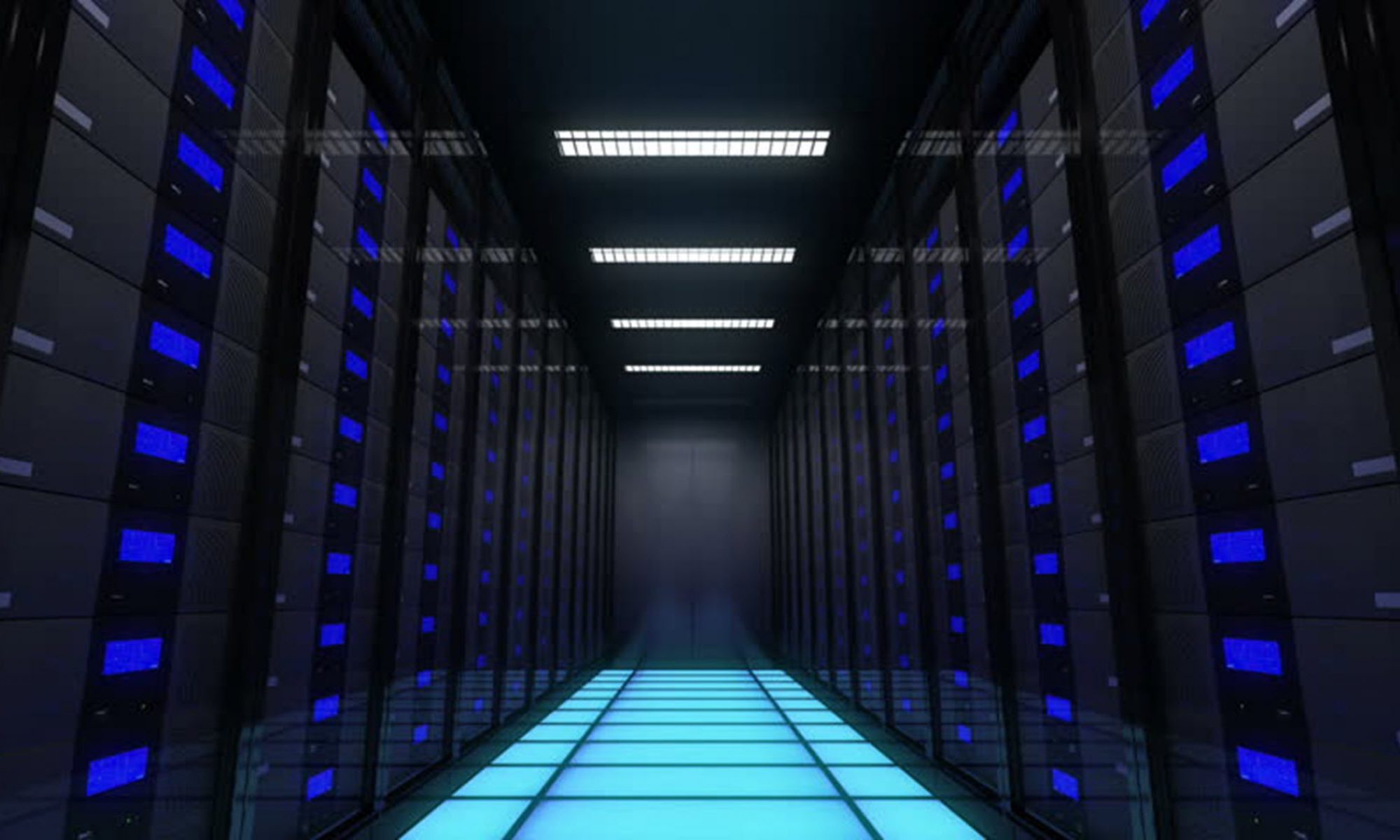Windows 7, professional, 64-bit
I don’t understand what’s the fuzz about 64-bit computing. I’ve been runing systems that do so since the early 1990’s….And far more stable ones!
Well, that’s another story.
The company laptop – running Windows Vista Business Edition – prooved to be too slow to be practicle. It’s Ok once booted and you’re logged in, but when started from scratch that could take abou 20 minutes. That’s the big reason why I used Hibernate quite often – only to find that the machine crashed on a blue screen after about a minute or two of virtulally no action; caused, as it says, by some piece of software regaurding Power Management. And once again, it would take that 20 minutes…
Second, the 32-bit versions on Windows will address up to about 3.5 Gb, so if you would have 4 Gb in your machine, half a gig would be unavailable (but yet paid for). the 64-bit versin can handle all – and more.
I got tired of it all.
I had discussed the matter with system management, and they too were amazed by the slowness of booting, so their recommendation was to upgrade to Windows 7. And for the sake of efficiency, use the 64-bit version. the Boss agreed and so I collected my Windows Vista-to-Win7 upgrade last Friday. With two days “off duty” it would be possible to upgrade – the BIG route. And the upgrade package holds both the 32- and 64-bit versions: a DVD for each.
Today I did.
First of all, The is not a plain upgrade. It’s a clean install. You first have to save your data – and, for Vista, it meant I needed to download a bit of software first, and then run it to store my files on an external disk. After that, in order to install teh 64-bit version, reboot the system after having placed the right DVD in the drive. Then do the upgrade, re-install your Virus scanner, restore the saved files, re-install all your software and update your drivers.
It took two days, after which I found out I had to renew two heavily used packages (Winzip and WS-FTP) so I got the newest of these installed.
It took a day and a half, but now I have a ssystem that boots like a charm – within 5 minutes I’m up and running.
